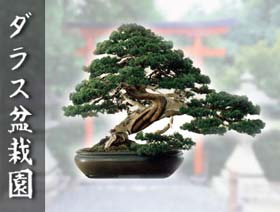|
Coming
from Asia, Mulberries have been grown for
centuries in Japan for their leaves, which represent
silk-worm basic diet. They were imported in Europe for
the same reason during the period of Roman Empire; from then on
they are ornamental elements for parks and gardens. In nature,
mulberries are small trees of mean size having a twisted and
quaint form. In bonsai specimens, the strong trunk, the wrinkled
bark and the dentate leaves create interesting combinations of
different shapes and structures. The quite insignificant flowers
are followed by small edible fruits which, when ripe, change their
colour from white to dark pink.
|





